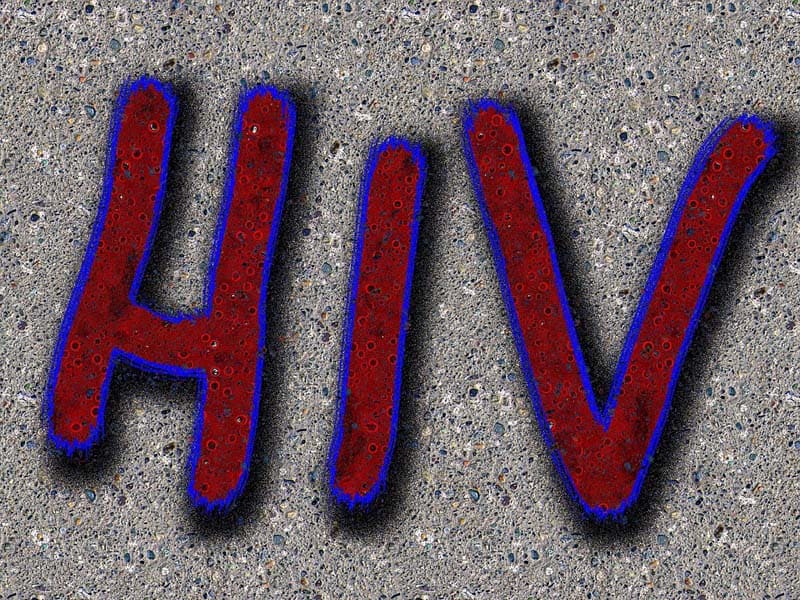Researchers have found a treasure trove of bacteria with the potential to fight HIV as well as tackle the world’s antibiotic problem from soils in one of the highest, driest places on earth.
Soils analysis from the Cerro Chajnantor mountain landscape of Chile within the Atacama Desert, revealed an extraordinary repository for actinobacterial ‘dark matter’ — which comprises the vast majority of microbes that microbiologists are currently unable to cultivate.
Actinobacteria are the keystone species in our ecosystems and are acknowledged as an unrivalled source of bioactive compounds.
“We found that 40 per cent of the actinobacteria captured in samples could not be given ascribed names as they had never before been discovered,” said Michael Goodfellow, Professor at Britain’s Newcastle University .
“This microbial seed bank represents an enormous untapped resource for biotechnology programmes, especially in an era where resistance to existing antibiotics is rapidly becoming a major threat to global health,” Goodfellow said.
The team also found one strain of bacteria that is proven to be an inhibitor of an enzyme that allows the HIV virus to reproduce itself.
“This could provide essential clues for the development of anti-HIV drugs,” Goodfellow said.
“The discovery of new bacteria could potentially be used to create new treatments as work continues to tackle the antibiotics time-bomb,” he noted.
For the study, published in the journal Extremophiles, the team conducted analysis of soil samples taken from heights of 3,000 to 5,000 metres above sea level from the Atacama Desert, which is subject to a combination of extreme environmental conditions including the world’s highest levels of surface ultraviolet (UV) radiation.
IANS

